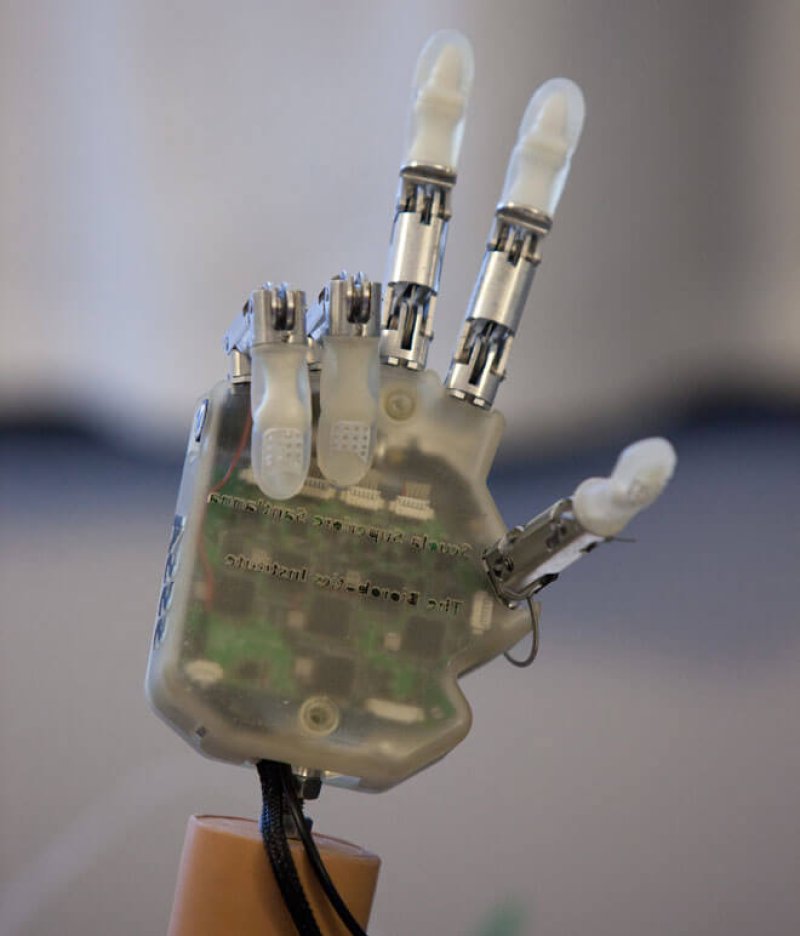Dennis Aabo Sørensen lost his left hand in a fireworks accident during a family holiday when he was in his mid-twenties. Last year, the 36-year-old Danish man got a chance to test out a new prosthetic hand that connected to his nervous system and allowed him to grip and manipulate objects. Even more remarkably, he actually felt what he was touching for the first time in the 9 years since his accident, according to a report published today in Science Translational Medicine.
Here’s how it works: Sensors in the artificial tendons that control the fingers track tension as the hand moves; they send that information to a nearby computer, which translates them into signals a person’s nervous system can understand. Then — and all this happens in real time as the hand is in use — the computer fires those translated signals to electrodes implanted in nerves in the subject’s upper arm, giving him a rudimentary sense of touch.
Read the full, original article: New Bionic Hand Gives Amputee a Grip — And a Sense of Touch
Additional Resources:
































